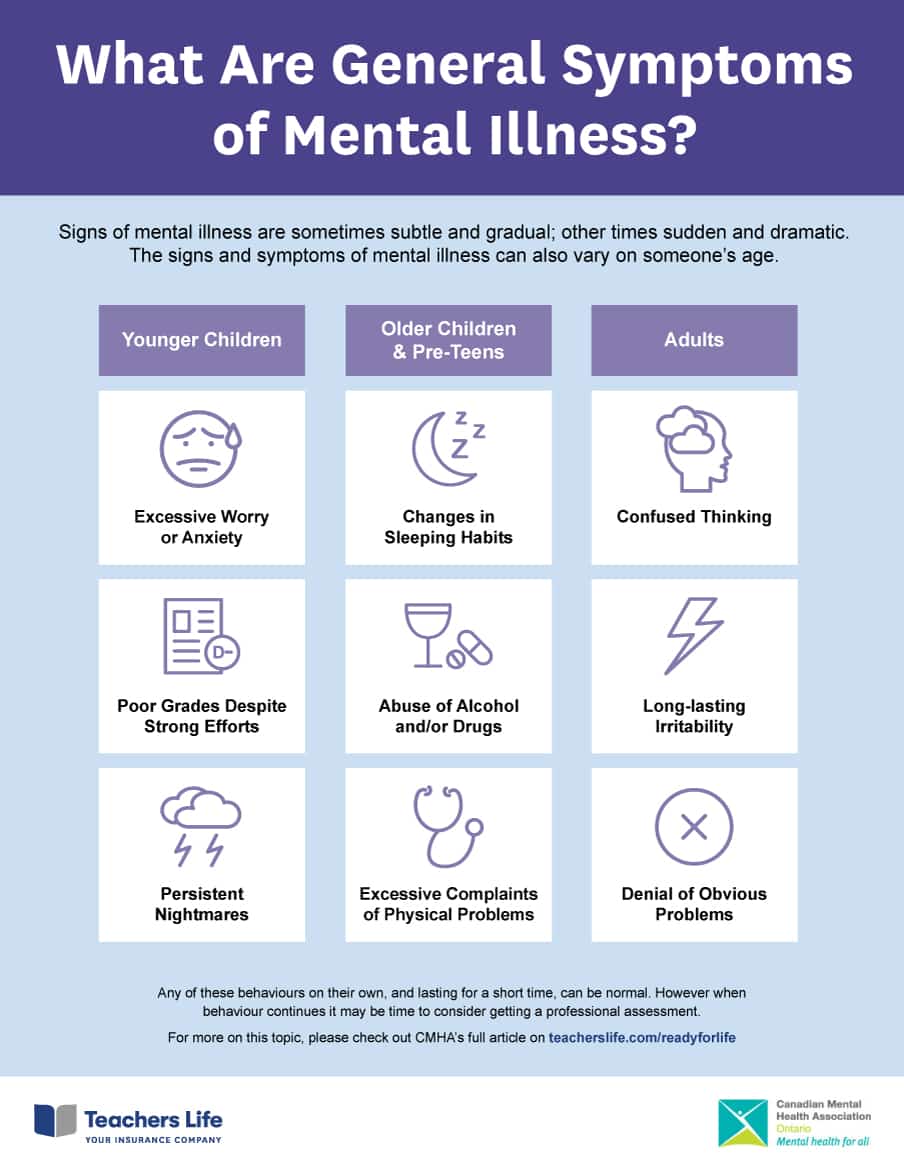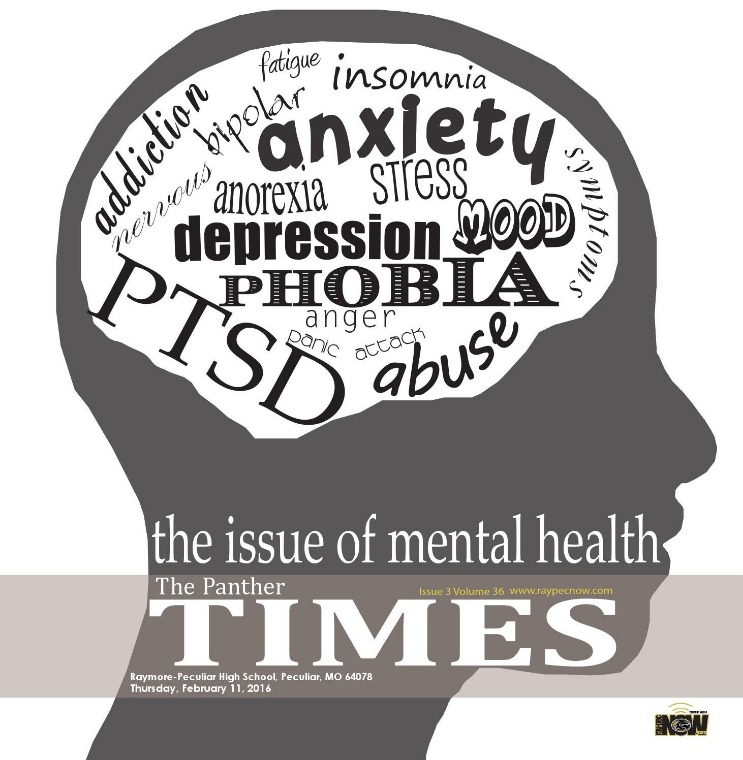Cognitive Behavioural Therapy (CBT) has become a cornerstone in the treatment of various mental health issues. Unlike other therapeutic approaches, CBT is grounded in the concept that our thoughts, feelings, and behaviours are interconnected. This article explores the nuances and efficacy of CBT.
Understanding the Basics of CBT
The foundational premise of Cognitive Behavioural Therapy is the idea that cognitive distortions and maladaptive behaviours stem from distorted thinking. By identifying these cognitive distortions and challenging them, individuals can alter their emotional responses and behaviours.
Core Principles
CBT is structured and goal-oriented. Sessions are typically short-term, making it a practical option for many. The key principles include:
Read more about CBT here.
- Identifying Negative Thought Patterns
- Challenging and Reframing Distorted Thoughts
- Developing Coping Strategies
- Engaging in Behavioural Experiments
Applications and Benefits
The range of applications for Cognitive Behavioural Therapy is vast. It is employed to treat a variety of conditions such as depression, anxiety disorders, PTSD, and even chronic pain.
Effectiveness
Numerous studies have demonstrated the effectiveness of CBT. Patients often report significant improvements in symptoms and overall quality of life. Cognitive Behavioural Therapy is particularly well-regarded for its adaptability to different individuals and its evidence-based approach.
The Process of CBT
The process of CBT typically involves an initial assessment phase followed by a series of targeted interventions. Here is a general roadmap:
- Assessment – Evaluating the individual’s mental health status and identifying specific issues.
- Goal Setting – Establishing clear, achievable goals.
- Intervention – Applying techniques such as cognitive restructuring, journaling, and exposure therapy.
- Evaluation – Assessing progress and making necessary adjustments.
Role of the Therapist
In Cognitive Behavioural Therapy, the therapist acts as a guide, helping the individual navigate through challenging thoughts and behaviours. The therapist provides tools and strategies but emphasizes self-help and personal growth.
Criticisms and Limitations
While CBT is highly effective for many, it is not without criticisms. Some argue that it may not delve deeply into underlying issues, focusing instead on symptom relief. Others believe that the structured nature of Cognitive Behavioural Therapy may not suit everyone.
Conclusion
Despite its limitations, CBT remains one of the most reliable and effective forms of therapy available today. By focusing on the interconnectedness of thoughts, feelings, and behaviours, it offers individuals tangible tools for managing a wide array of psychological problems.


